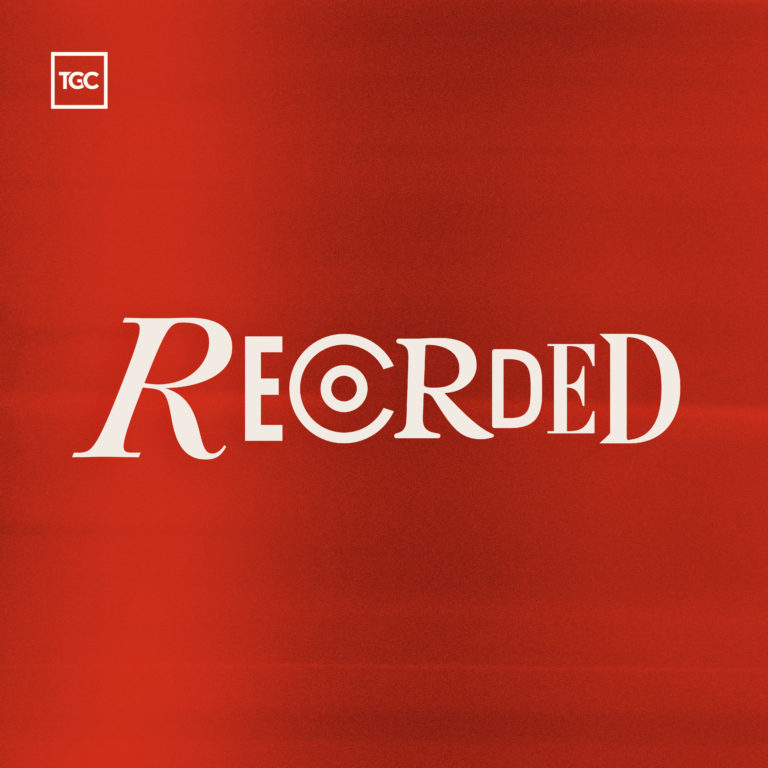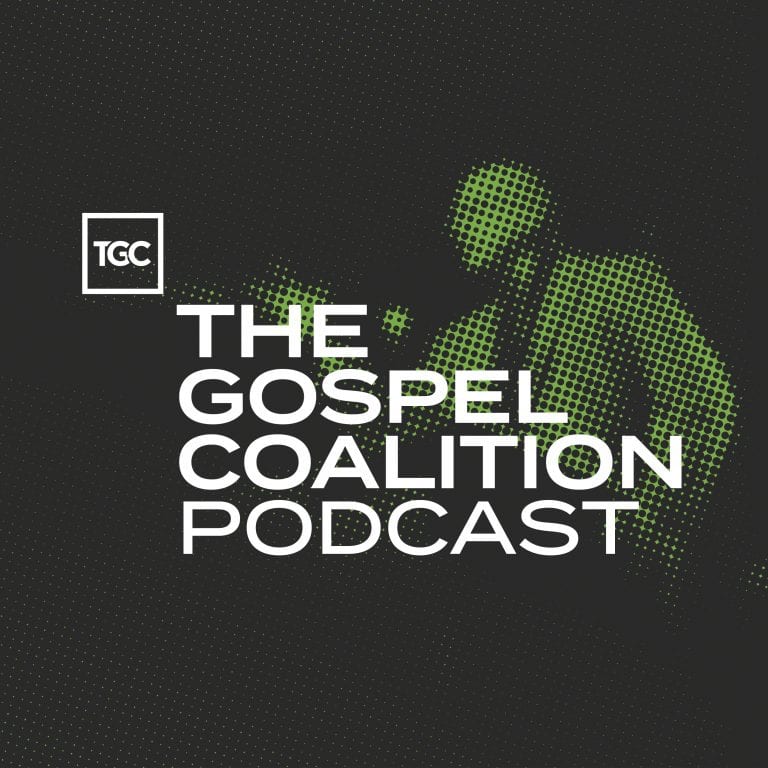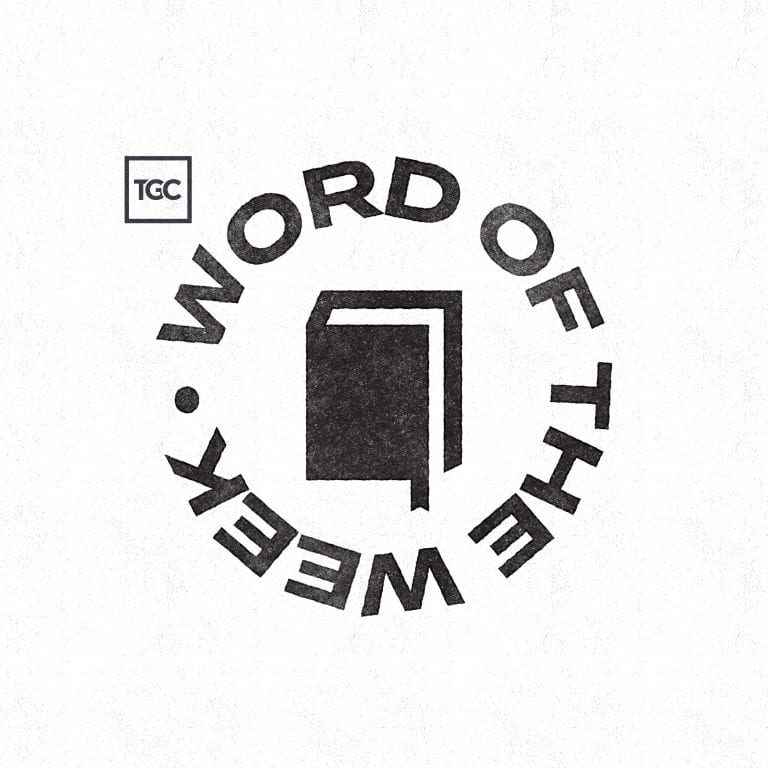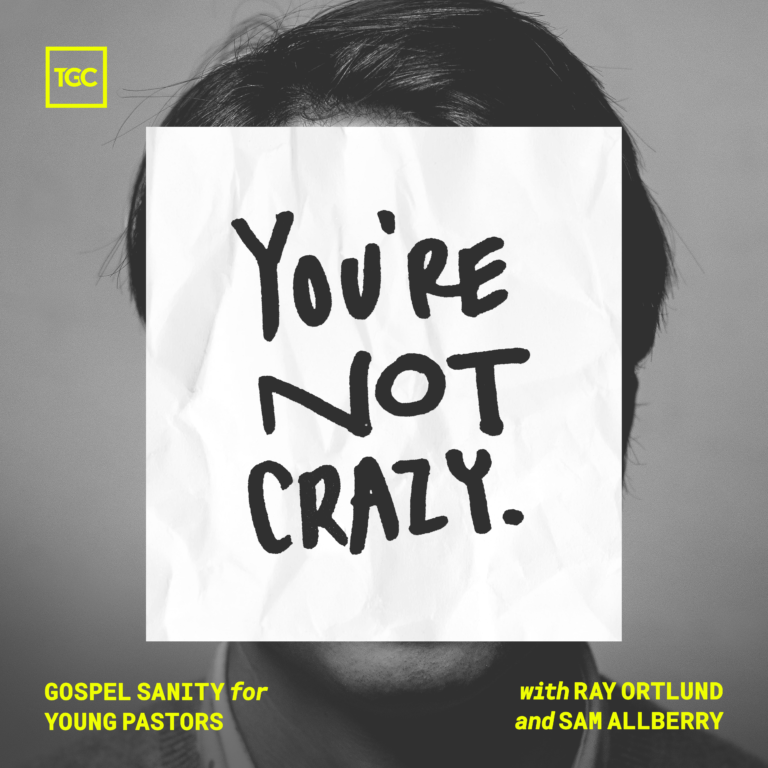I love music and movies. It’s not that I merely partake of them as routine hobbies; it’s that I relish opportunities to listen to music that tunes my affections in a multitude of ways. I get drawn into films where the narrative and character development are so profound that I’m sincerely saddened when it ends. I savor the creativity of the human spirit. Now, this review isn’t a debate into the prudence of watching or not watching certain films or listening or not listening to certain music. But the book under review, Joe Rigney’s The Things of Earth: Treasuring God by Enjoying His Gifts, certainly helps individuals learn why we enjoy anything at all.
The Things of Earth is an exercise in applied hedonism; that is, it investigates what the proper enjoyment of creation and culture means for people caught up by the richness of the gospel. The book takes as its animating center the theme that has come to be associated with John Piper: to spread a passion for the supremacy of God in all things for the joy of all peoples through Jesus Christ. Piper says as much in the foreword, writing that Rigney’s book is “complementary” and one that “needed to be written,” which is no small amount of praise.
Sunsets and Bacon
The professor of theology and Christian worldview at Bethlehem College and Seminary in Minneapolis, Minnesota, wants to show what the God-centered life looks like in the routines of everyday experiences, delights, and pleasures—how do we enjoy the things of earth? How does God maximize joy in such things as pumpkin crunch cake, tickle fights with our children, and West Texas sunsets? Yes, you read that right—tickle fights. And why is bacon evidence of God’s goodness?
The answer is provided in the philosophical theology of Jonathan Edwards and C. S. Lewis. Rigney doesn’t say that he bases his argument on philosophical theology, but that’s what’s happening, and he does so ably and intriguingly. Physical pleasures, sensible pleasures, emotional pleasures, and relational pleasures all come to us as part of the triune God’s highest duty to, and love for, himself—to “communicate and extend his fullness outside of himself, or, to use another image, in order to invite creatures to participate in his own triune life” (31). Rigney proceeds to explain: “God glorifies himself by inviting us to participate in his trinitarian fullness [and] by extending his glory so that his divine life comes to exist in creaturely forms” (41).
Celebrating Embodied Theology
The Things of Earth is also aesthetical; the God who gives glory, beauty, and goodness actually communicates himself through creation, createdness, and creatureliness. As Rigney observes, “God’s love for God pushes him into creation” (62). Seen from this angle, the book is a vivid primer on developing an embodied theology; a theology that doesn’t exclusively focus on celestial intricacies but embraces the finitude of human experience as something given and good.
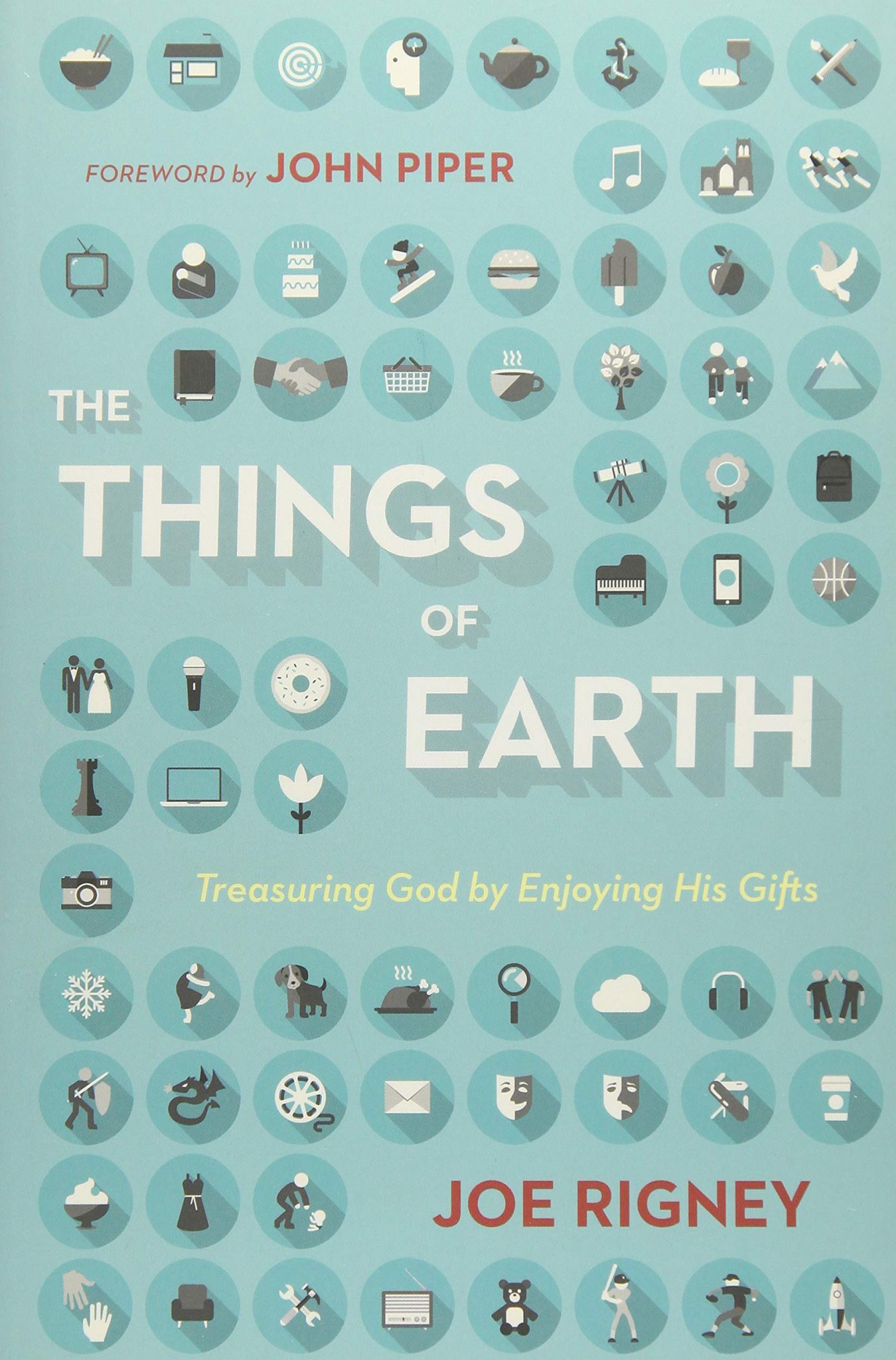
The Things of Earth: Treasuring God by Enjoying His Gifts
Joe Rigney
Looking backward, The Things of Earth helped me understand a recent story from my own life a bit more viscerally. On a business trip I listened to David Brooks’s address at The Gathering titled “How to Be Religious in the Public Square.” The whole speech is terrific, but listening to it I teared up from the beauty of a story about Dorothy Day’s experience giving birth. She writes:
If I had painted the greatest painting, if I had sculpted the greatest sculpture or written the greatest symphony, I could not have felt the more exalted creator than when I did when they placed my child in my arms. And with that came a need to worship and to adore.
I’ve never given birth to a child, but I have two daughters; and Rigney’s book helps give thought and explanation to the profound glories the things of earth—such as children—provide. The answer is nothing less than God himself manifesting the intelligibility of his glory in tangible experiences.
Three Distinctives
How should we evaluate The Things of Earth within broader evangelicalism? First, I’ll admit I’m not aware of another book that seeks to accomplish quite what Rigney’s arguing for here. I see few evangelical books that offer popularized-but-still-complex accounts of deeply philosophical, theological, and aesthetical realities. Rigney’s volume is popular and accessible, but it requires a close reading. That serves as both a warning and an inspiration.
Second, Rigney should be commended for his use of narrative theology. Narrative approaches to Scripture have seen a resurgence of interest within the fields of theology, but they aren’t always prefaced with a vital adjective: biblical. The Things of Earth’s narrative arc prioritizes scriptural authority and helps us see God’s activity through the lens of story and participation.
Third, I was most impressed with Rigney’s reliance on trinitarian theology to make his case. With Edwardsean flavor, he ably pulls out the rich implications of a thoroughgoing trinitarianism. Sadly, the doctrine of the Trinity remains understudied and underemphasized in the popular works that dominate evangelicalism. The Things of Earth is a welcome contribution to a vital doctrine.
Defense of Beauty
I’m almost 30, which makes me somewhat young, but growing less so all the time. The older I become, the more I’m convinced that beauty is the most profound defense for the Christian faith. That may sound odd, but were it not for the “Godness” of God I wouldn’t be able to account for beauty’s actual existence, splendor, and meaning. Rigney’s book is a defense of beauty’s realness, truthfulness, and all-out earthiness.
I strongly commend The Things of Earth, a book conversant in deep truth about ordinary things—ordinary things packed with potency to see the world not in shades of grey, but in rapturously explosive technicolor.






















